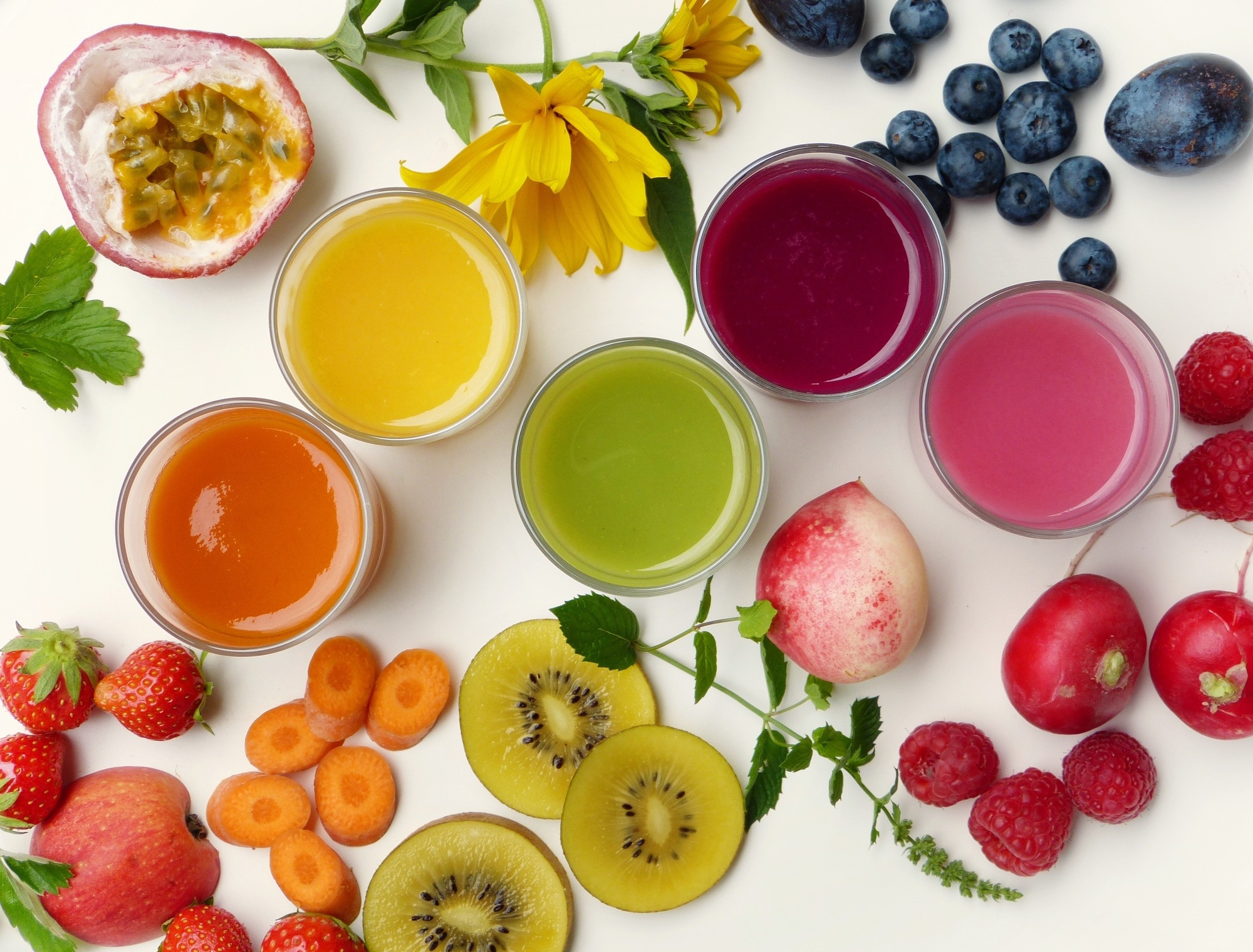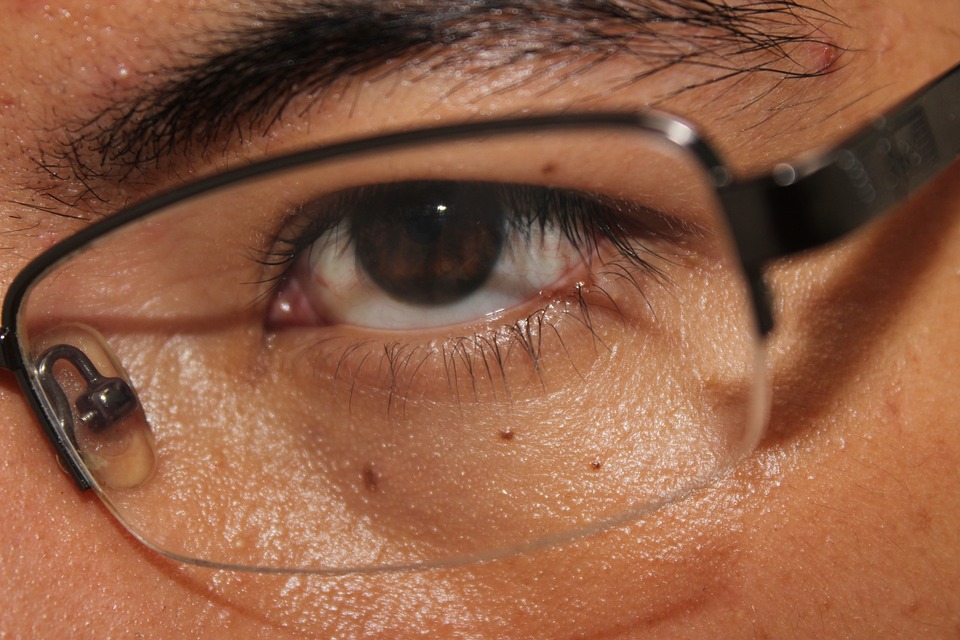The average American adult gets two to three colds per year. Additionally, 10% of us annually are stricken with the flu.
The most frequent causes of the common cold are rhinoviruses, which enter your body through the upper respiratory tract. To help prevent infection, wash your hands regularly and dispose of tissues immediately.
The immune system is the body’s defense system against organisms and invaders.
Others try to boost their body’s ability to fend off colds by taking an immune system supplement or eating a vitamin-and-nutrient-rich diet. Quality is important when choosing the best vitamins and minerals for immune system health. Here are some superfoods that can help you remain a lean, mean, virus-boxing machine.
1. Garlic:
Producing a pungent, appetizing smell when fried in olive oil to begin cooking many favorite dishes, garlic releases a compound called allicin when it is crushed or chewed. Allicin has been proven to boost the immune-fighting response of white blood cells when they encounter viruses. This includes those that cause common colds and cases of flu.
Garlic can also reduce your chances of getting sick in the first place. In one study, a group of individuals who took a garlic supplement for three months had a 63% lower risk of getting a cold. Their colds also lasted 70% shorter.
The smell of garlic alone can help open up your nasal passages to get your sinuses cleared out faster. It is also known to improve your mental health and lower your risk of heart disease.
2. Green, Leafy Vegetables:
In order to prevent sickness during peak season, many folks improve their body’s fighting power by taking immune system supplements, such as those available at Wellspring CBD. You can also intake as many vegetables as you can to achieve a similar effect.
Tasty veggies such as broccoli, kale, spinach, Brussels sprouts, and arugula contain a high level of vitamins C, K, A, and E, as well as minerals such as fiber, magnesium, and calcium.
Vitamin C improves the immune system by boosting your body’s ability to absorb catechins, which are healthy antioxidants that also help prevent cancer and heart disease.
In addition, it assists your body in absorbing iron, which is important to the immune system.
Vitamin K prevents inflammatory diseases.
If you are not a fan of cooked verdant veggies, try them in a salad with some Omega-3-packed nuts and antioxidant-loaded berries. They are also great in soups, stir-fries omelets, and wraps.
3. Onions:
Another key ingredient in the famously flu-wrecking chicken soup, onions are low in calories and high in vitamins, minerals, and antioxidants.
Onions are high in vitamin C, which boosts the immune system and protects the body against free radicals.
They are also filled with other immune-boosting compounds like selenium, sulfur compounds, zinc, and quercetin, which is known for its histamine-fighting properties.
4. Ginger:
This anti-inflammatory super-food is rich in antioxidants, vitamins, and minerals including magnesium and zinc, a powerful antioxidant known to improve immune function.
Ginger contains hundreds of compounds and metabolites, some of which are known to contribute to healing.
Try growing some ginger in your garden or indoor garden pot by planting the root with its eye bud pointing up, covered with 1-2 inches of soil.
5. Citrus Fruits:
There is a reason why a hot cup of tea with lemon is so soothing when we are sick. It is the same reason we crave that tall, cold glass of orange juice when we have the sniffles.
Citrus fruits are loaded with Vitamin C, which has been proven to reduce the severity of cold symptoms. It also prevents cell damage by free radicals.
Additionally, citrus fruits include other health-supporting nutrients such as folate and calcium.
Diet is The Best Immune System Supplement:
Strengthening your immune system against infections involves eating healthy, vitamin-packed fruits and vegetables. Like a good immune system supplement, the right foods will leave you feeling energized and ready to tackle any challenge, even during flu season.
For more information, read our blog
Read Also:



























